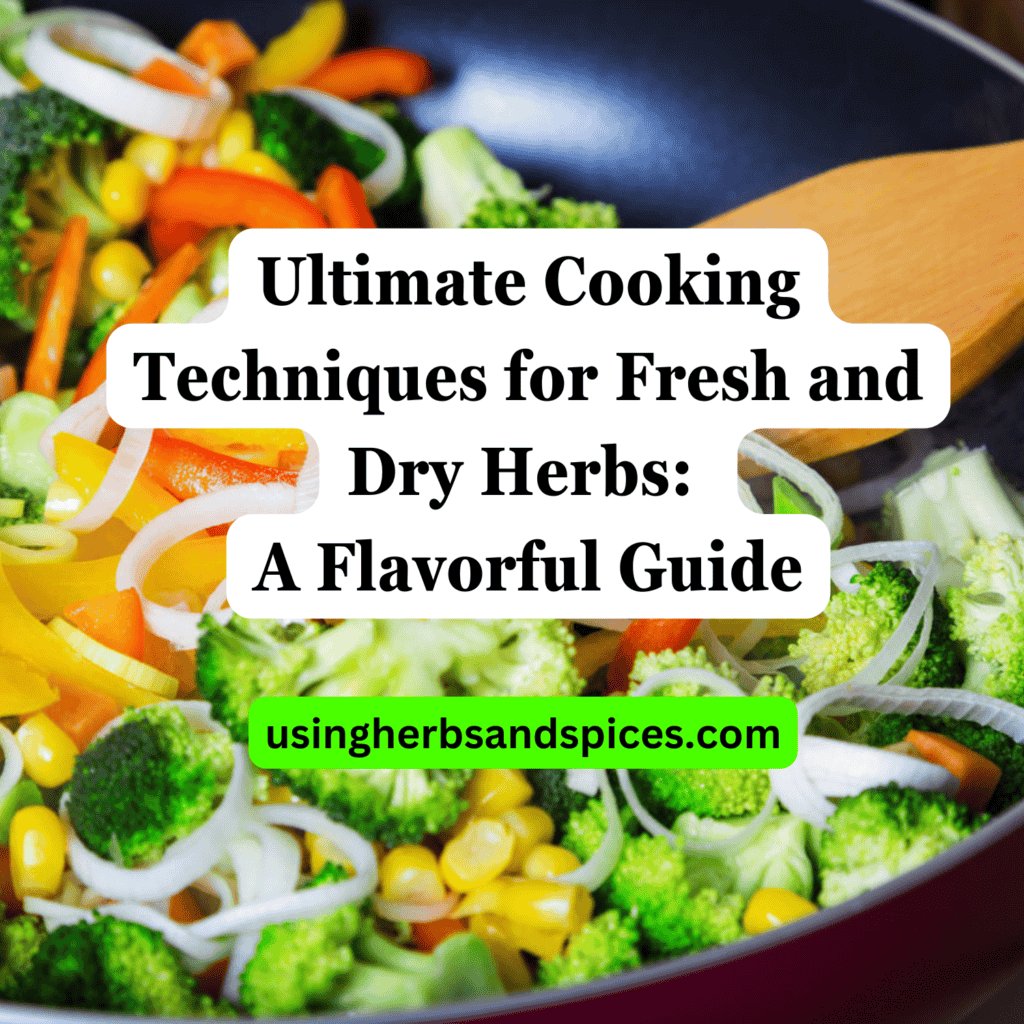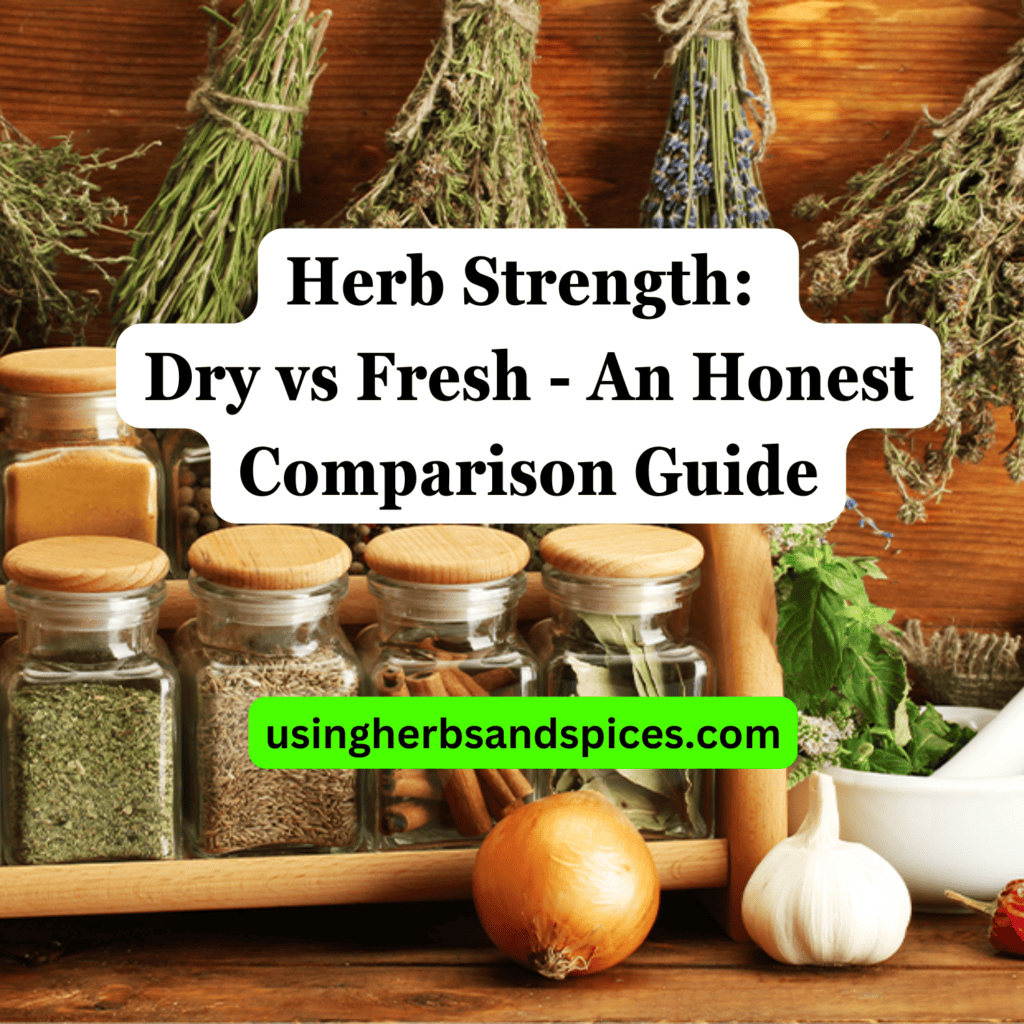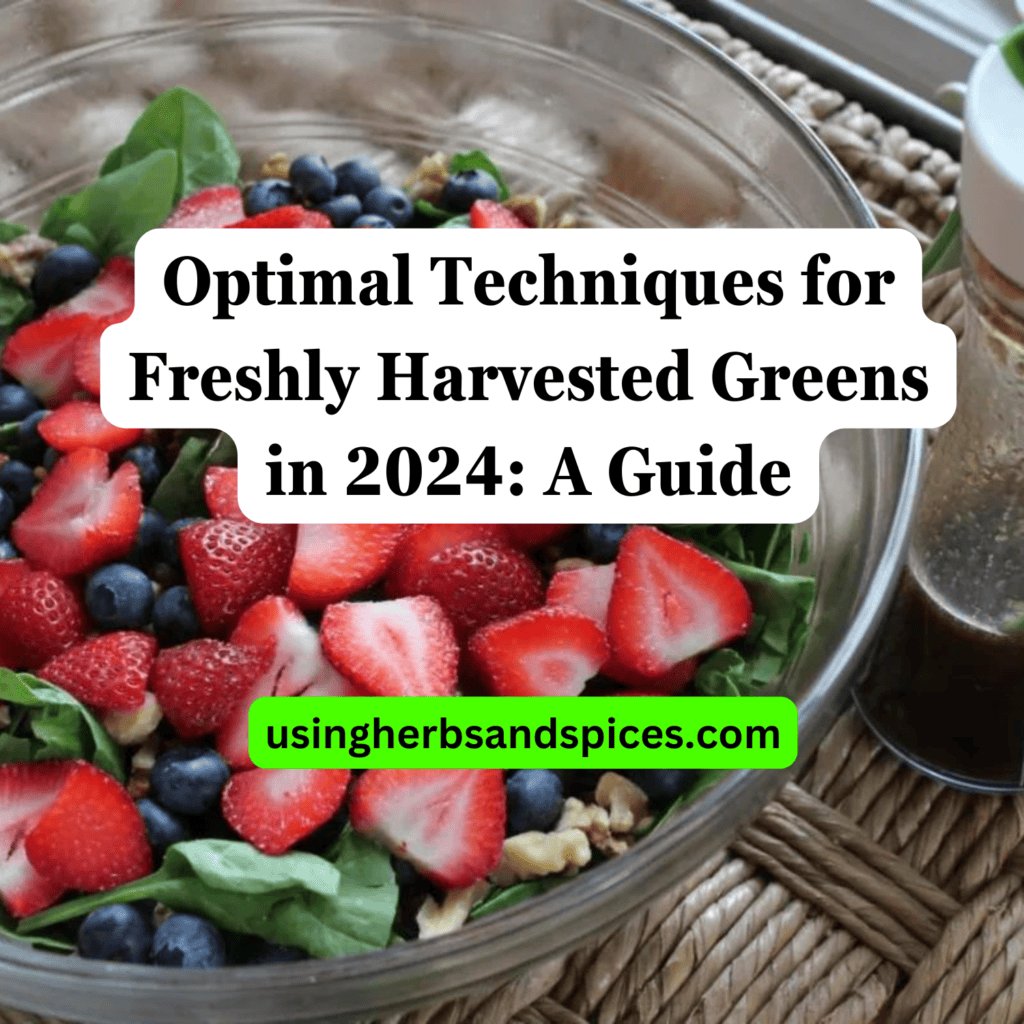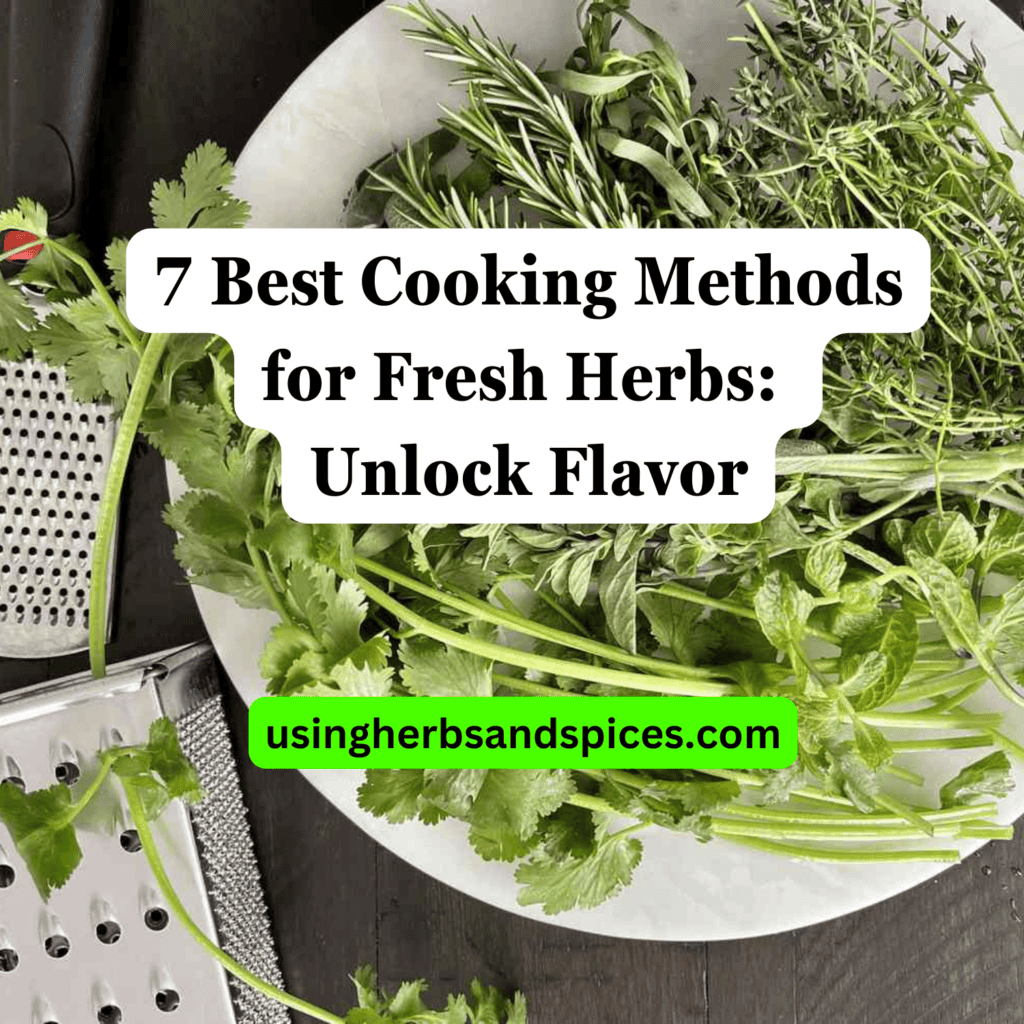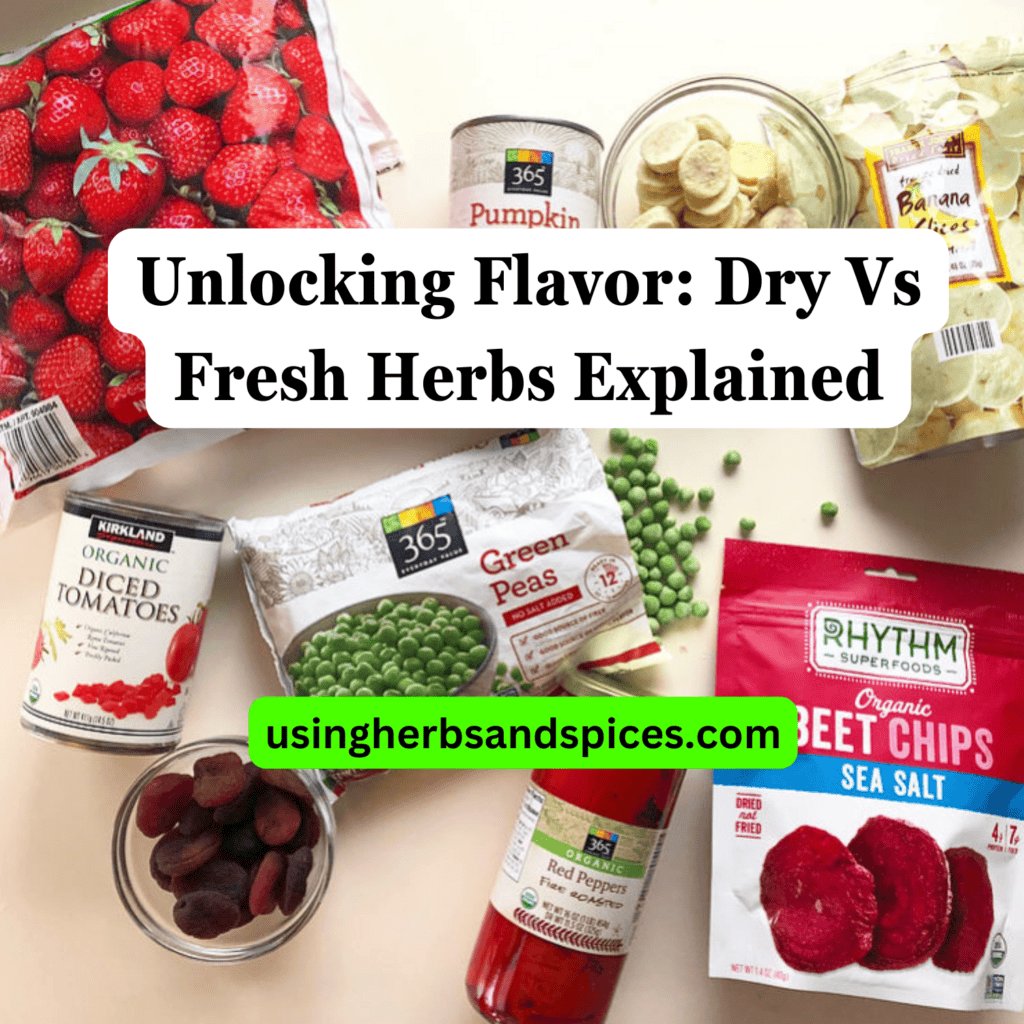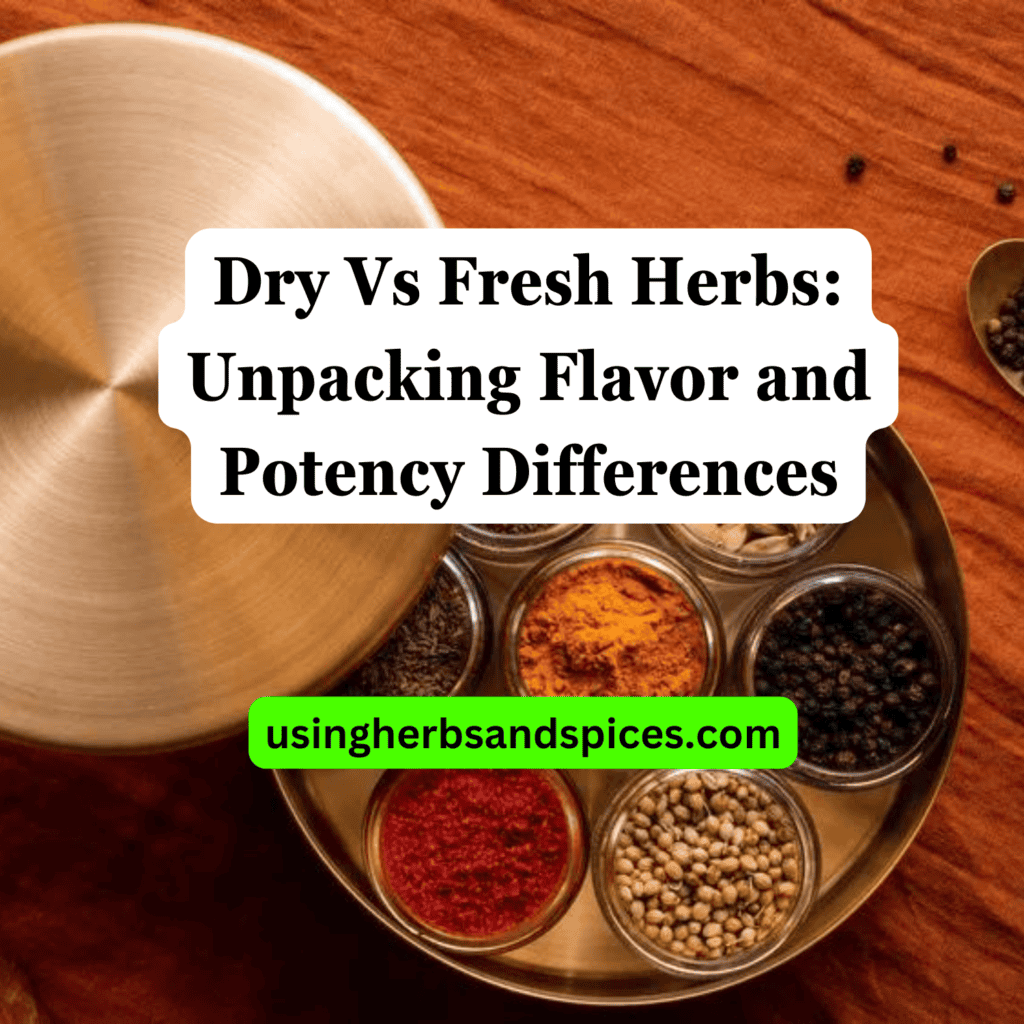SUMMARY: Dried herbs offer a convenient, longer-lasting alternative to fresh, with simple conversion rules enhancing flavors in cooking. Proper storage maximizes their shelf life and potency, making them a versatile kitchen staple.
Ever found yourself ready to cook, only to realize you’re out of fresh herbs?

Understanding how to substitute dried herbs for fresh ones can turn this frustration into a culinary triumph.
- The basics of herb conversion from fresh to dry
- Compelling reasons to opt for dried alternatives
- Tips for incorporating dried herbs in recipes
- Best practices for storing dried herbs to retain their potency
Keep reading to uncover how dried herbs can not only save your dish but also elevate it with their concentrated flavors.
The Basics of Herb Conversion
Shifting from fresh to dried herbs is a convenient and often necessary adjustment in the kitchen. A general guideline to remember is the 3-to-1 ratio: one teaspoon of dried herbs is roughly equivalent to one tablespoon of fresh. This ratio works because drying concentrates the flavor of the herbs, making them more potent than their fresh counterparts.
However, this conversion is just a starting point. The potency of dried herbs can vary depending on their age and how they’ve been stored. Thus, it’s always a good idea to taste and adjust as you cook, rather than strictly adhering to the rule.
Why Opt for Dried?
There are several compelling reasons why cooks, both amateur and professional, often reach for dried herbs over their fresh counterparts. One of the most significant advantages is extended shelf life. While fresh herbs can wilt and lose their vibrancy within days, dried herbs can retain their flavor for months, if not years, when stored correctly. This not only cuts down on waste but also ensures that a wide array of herbs is available at your fingertips, regardless of the season.
Additionally, the convenience factor of dried herbs cannot be overstated. There’s no need for washing, chopping, or worrying about using them up before they go bad. This makes meal preparation simpler and quicker, a boon for busy lifestyles. Furthermore, dried herbs offer an intensified flavor that can enhance a dish with a smaller quantity than its fresh equivalents. Their concentrated nature adds depth and complexity to dishes, making them ideal for slow-cooked meals and sauces where they have time to rehydrate and release their potent flavors.
In essence, opting for dried alternatives can be a game-changer in the kitchen, providing reliability, ease, and a punch of flavor that makes every dish special.
Incorporating Dried Herbs in Recipes
Introducing dried herbs into your cooking is an art that enhances the taste profile of your dishes. Knowing when and how to add them is key to unlocking their full potential. Unlike fresh herbs, which are often added at the end of the cooking process to preserve their flavor and color, dried herbs benefit from being included earlier on. This allows their flavors to meld with the dish and soften their sometimes coarse texture.
To incorporate dried herbs effectively, start by adding them during a phase where they have enough time to rehydrate and infuse the dish with their essence. For soups, stews, and sauces, introduce them at the beginning of the cooking process. If you’re cooking something for a shorter period, such as a stir-fry or sautéed dish, add the dried herbs a few minutes in, giving them time to bloom and release their flavors. Crushing dried herbs between your fingers before adding them can also help to release more flavor.
It’s important to measure dried herbs accurately due to their potent flavor. A handy tip is to follow the 1-to-3 ratio: use one part dried herb to replace three parts of fresh. This guideline helps in adjusting recipes to achieve the desired taste without overpowering other ingredients.
Best Practices for Storing Dried Herbs
Maximizing the shelf life and potency of dried herbs is crucial for their effective use in cooking. The key to preserving their flavor and aroma lies in proper storage. To achieve this, dried herbs should be stored in airtight containers away from direct sunlight, heat, and moisture. These factors can degrade the quality of the herbs over time, leading to a loss of flavor and color.
Glass jars with tight-fitting lids are ideal for storing dried herbs. They prevent air and moisture from getting in, which can contribute to the deterioration of the herbs. Place these containers in a cool, dark space like a pantry or a cabinet away from the stove or other heat sources. Avoid storing herbs near windows where they can be exposed to sunlight, as UV rays can break down the herbs’ essential oils.
While dried herbs have a significantly longer shelf life than fresh, they do not last indefinitely. Regularly check your stock for signs of fading aroma or flavor, and replace any that have lost their potency. Typically, dried herbs can retain their quality for about one to three years when stored correctly. To remember when you purchased or last replaced your dried herbs, consider labeling the jars with the date.
The Essential Guide to Using Dried Herbs
The journey through the world of dried alternatives in cooking has unveiled several paths to enhancing both the convenience and flavor of our culinary creations.
- The conversion from fresh to dry herbs is straightforward, following a general rule of thumb that ensures balanced flavors.
- Choosing dried over fresh offers several benefits including longer shelf life, convenience, and an intensified flavor that can elevate a dish.
- Successfully incorporating dried herbs into recipes requires consideration of timing and method, with an emphasis on early addition to allow flavors to meld.
- Proper storage is crucial for maintaining the potency of dried herbs, suggesting cool, dark, and airtight conditions as ideal.
Why Use Dried Alternatives in Cooking? FAQs
How long can I store dried herbs?
Dried herbs, when stored properly in a cool, dark place in an airtight container, can last up to 1-3 years. The key to their longevity lies in preventing exposure to moisture and light, which can degrade their quality and potency over time.
Can all fresh herbs be substituted with dried ones?
Most fresh herbs can be substituted with their dried counterparts, although the conversion requires adjusting quantities due to the concentrated flavor of dried herbs. However, some herbs, like cilantro and parsley, may lose their distinctive characteristics when dried and are best used fresh in dishes where their flavor is a focal point.
When should I add dried herbs during the cooking process?
Dried herbs should typically be added early in the cooking process, especially when preparing dishes that cook for longer periods. This allows their flavors to meld with the other ingredients and develop more fully. For quick-cooking dishes, adding them too early can lead to overcooking the herbs, which might result in a bitter taste.


